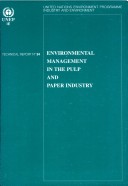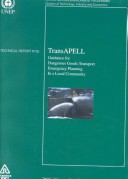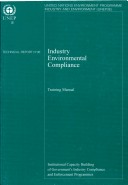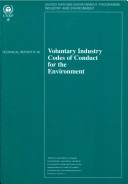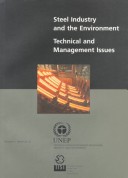Technical Report
16 primary works • 24 total works
Book 6
Book 10
Hazardous Waste Policies and Strategies
by United Nations Environment Programme
Book 16
The Textile Industry and the Environment
by United Nations Environment Programme
Book 17
Landfill of Hazardous Industrial Waste
by United Nations Environment Programme
Book 20
Environmental Aspects of Wood Preservation
by United Nations Environment Programme
Book 23
Environmental Management in the Electronics Industry
by United Nations Environment Programme
Book 24
Book 25
Energy Savings in the Transport Sector
by United Nations Environment Programme
Book 27
Monitoring Industrial Emissions and Wastes
by United Nations Environment Programme
Book 29
Environmental Codes of Conduct for Tourism
by United Nations Environment Programme
Book 30
Environmental Management of Mine Sites
by United Nations Environment Programme
Book 33
Environmental Management in the Brewing Industry
by United Nations Environment Programme
Book 34
Environmental Management in the Pulp and Paper Industry
by United Nations Environment Programme
Book 35
Book 36
Book 40
Voluntary Industry Codes of Conduct for the Environment
by United Nations Environment Programme
The book also outlines five critical aspects for making voluntary codes effective in improving industry's environmental performance. These are: commitment; content; collaboration; check; and communicate.
Audit and Reduction Manual for Industrial Emissions and Wastes
by United Nations Environment Programme
A Environmental Aspects of Selected Non-Ferrous Metals (Cu, Ni, Pb, Zn, Au) Ore Mining
by United Nations Environment Programme
v. 38
The text also discusses the demand for a systematic approach to management through the use of formalized Environmental Management Systems (EMS), and outlines some of the main elements of regulatory instruments such as obligatory public disclosure of emissions data, agreed environmental impact assessment, cleaner production assessment, life-cycle assessment and environmental reporting.

